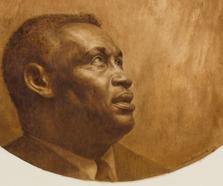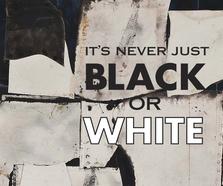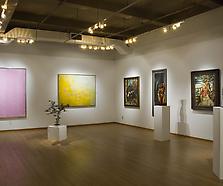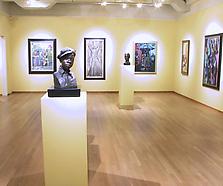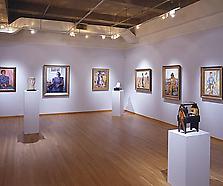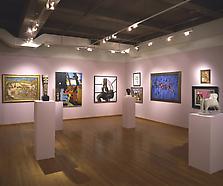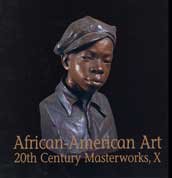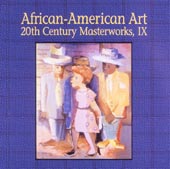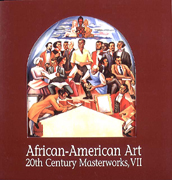Marion Perkins was born on his grandparent’s farm near Marche, Arkansas but was raised by his aunt on Chicago’s South Side after the death of his parents. A largely self-taught artist, Perkins never attended art school but received basic instruction in sculpture from Si Gordon at the local black YMCA. During the Depression, Perkins married Eva Gillon, had a family, and settled in an area of the South Side known as Bronzeville, where he and Eva met and befriended numerous leftist artists and intellectuals. During this time, Peter Pollack, a gallery owner and administrator for the Illinois Federal Art Project, became aware of Perkins’s talent as a sculptor and helped promote his work. In the 1940s, Perkins taught and exhibited his work at Chicago’s South Side Community Art Center. In 1942, the Art Institute of Chicago invited Perkins to participate in
Marion Perkins (1908-1961)
Exhibitions
Prints & Publications
Artist Information
the 53rd Annual Exhibition of American Paintings and Sculpture, one of the country’s most important juried shows. Perkins submitted his impressive limestone sculpture John Henry, based on the black steel-driver of American folk legend. Between 1942 and 1957, Perkins’s work was included in nearly a dozen invitational exhibitions at the Art Institute of Chicago, earning him three awards of distinction. In 1951, the Art Institute purchased one of his most acclaimed sculptures, Man of Sorrows (1950). Although Perkins was celebrated in Chicago and received several public commissions, he failed to gain national recognition. In his simplified, sensitive representational forms, Perkins brings American modernism into dialogue with African and ancient art. An outspoken Marxist dedicated to social reform and racial equality, Perkins saw abstraction as inherently elitist and firmly believed that through familiar forms, art could most effectively convey authentic political and social ideas.
SELECTED MUSEUM COLLECTIONS
The Art Institute of Chicago, Chicago, IL
Peace Museum, Chicago, IL




